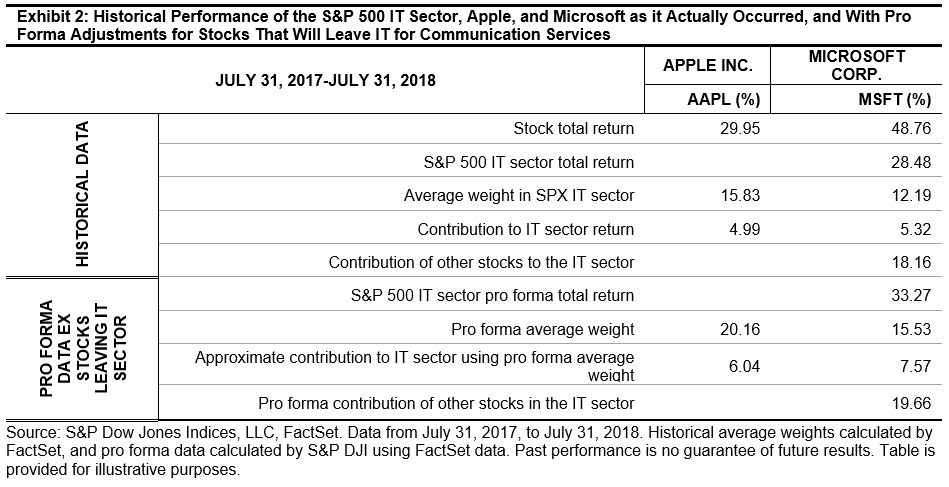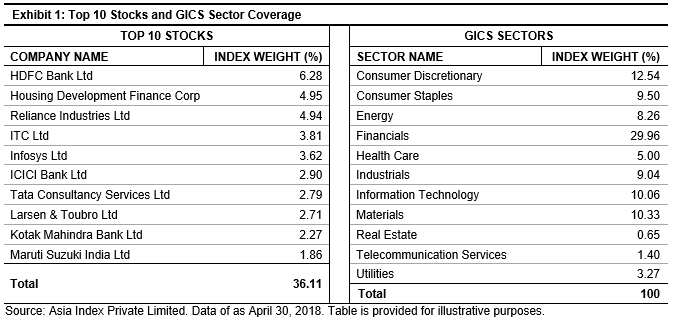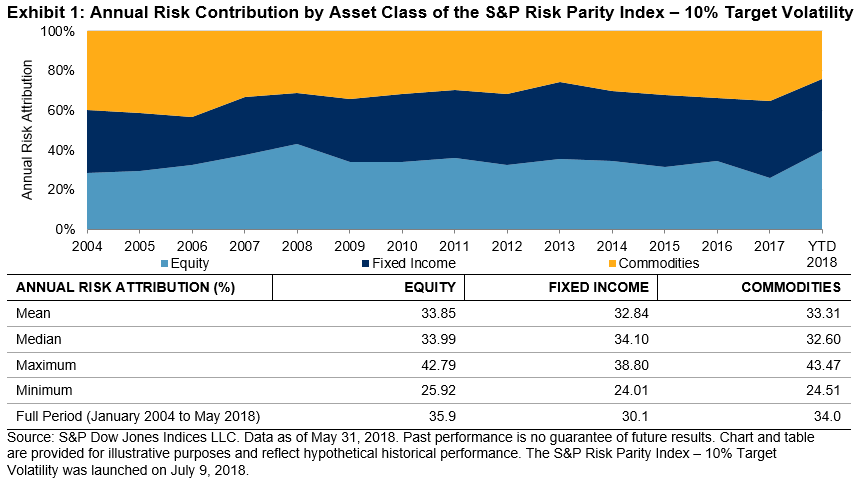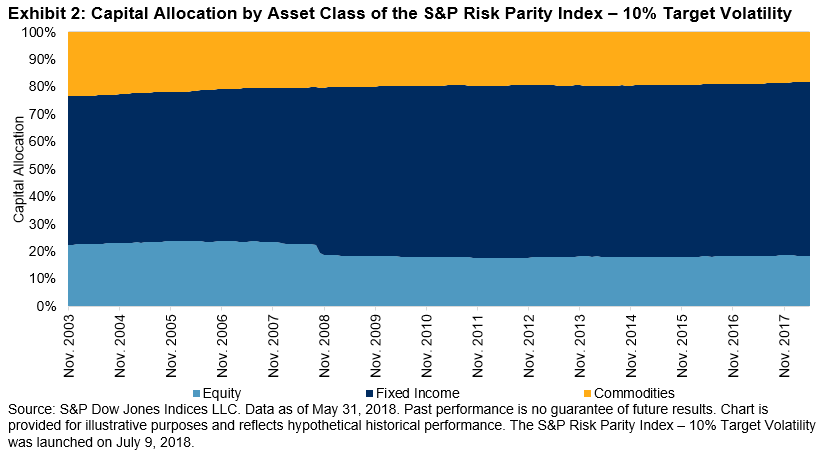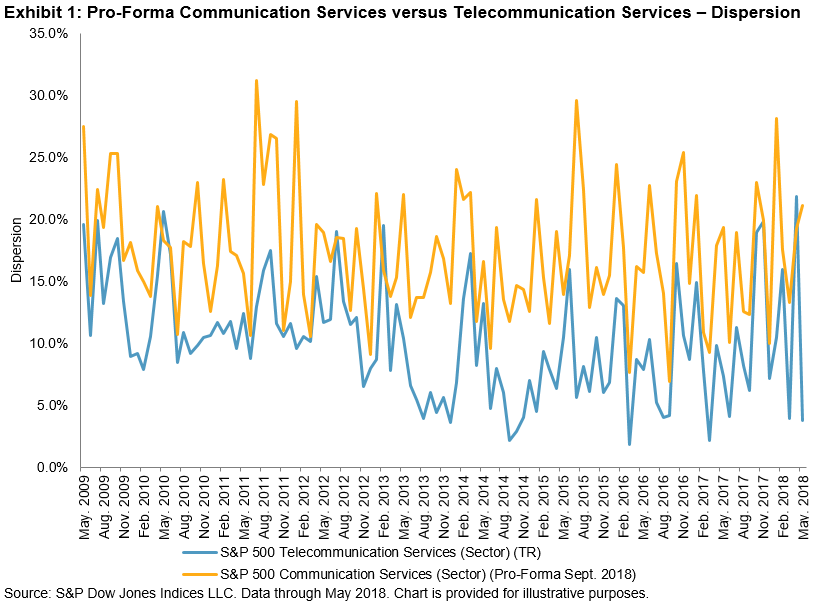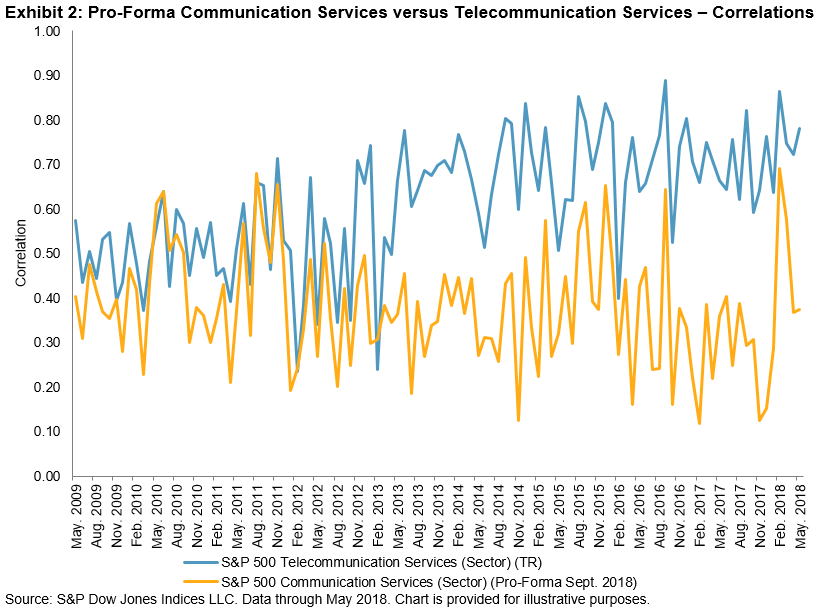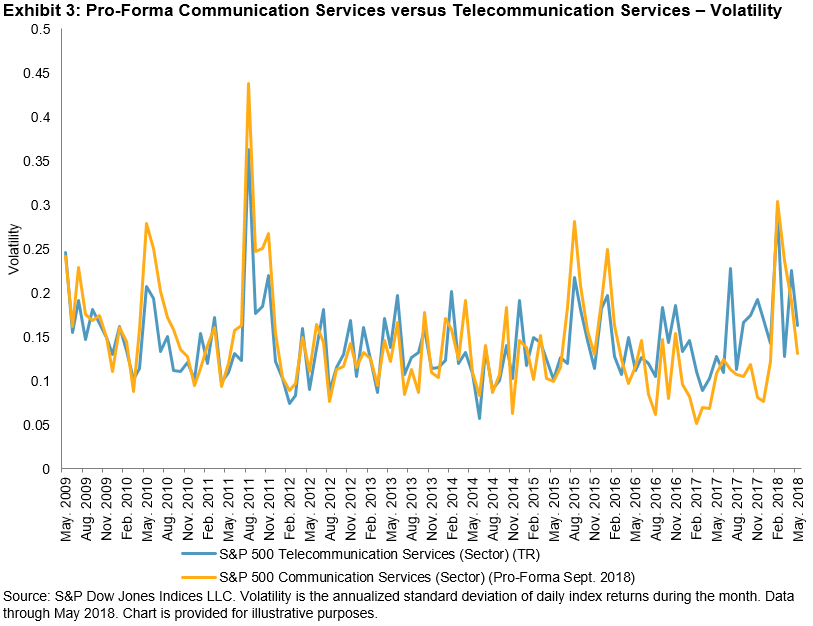China resumed CNY fixing “counter-cyclical” adjustment factor
The People’s Bank of China (PBOC) announced on August 24 that China’s CNY fixing reporting banks have resumed the counter-cyclical adjustment (CCA) factor in the CNY official midpoint this month. This is the second move of Chinese authorities after the adoption of a 20% reserve requirement of FX forward positions on August 3. According to the PBOC, the moves are aimed at mitigating the RMB depreciation pressure arising from the procyclical sentiment caused by the strong USD and ongoing trade frictions.
What is the “counter-cyclical” factor?
The counter-cyclical adjustment (CCA) factor was first introduced in May 2017 as a third factor on top of the basket of trade-weighted currency indices and closing spot level at 4:30 pm of the previous trading day when settling the official midpoint. The intention of this additional factor was to ward off the one-way bets on the yuan and the subsequent capital outflows.
The first introduction of the CCA in May 2017, when the yuan was also weak at around 6.9 against the U.S. dollar, stemmed the depreciation trend and was followed by sustained strengthening in the yuan against a basket of currencies. The S&P China 500 turned upward as well (see Figure 1). This factor was suspended in January 2018 as the depreciation pressures dissipated.
A signal to support the yuan
The announcement was seen as a signal from the PBOC that it is not comfortable with further depreciation in the yuan, as it could trigger capital outflows.
The yuan hovered at a 2.5 week high against the U.S. dollar on Monday, arresting the slump from the middle of June that has rattled global markets. (The S&P China 500 followed the trend again as indicated in Figure 1).
Some market players go with the hypothesis of a “7-3” threshold for stability—that is, not breaching 7 (or around 6.9) for the U.S. dollar vs. the yuan and FX reserves not falling below USD 3 trillion for Chinese regulators.
Nevertheless, in the long term, the currency rate of the world’s second-largest economy will rest with the expected return and risk premium on the investment.

Xinhuanet, http://www.xinhuanet.com/2018-08/28/c_1123338472.htm












































